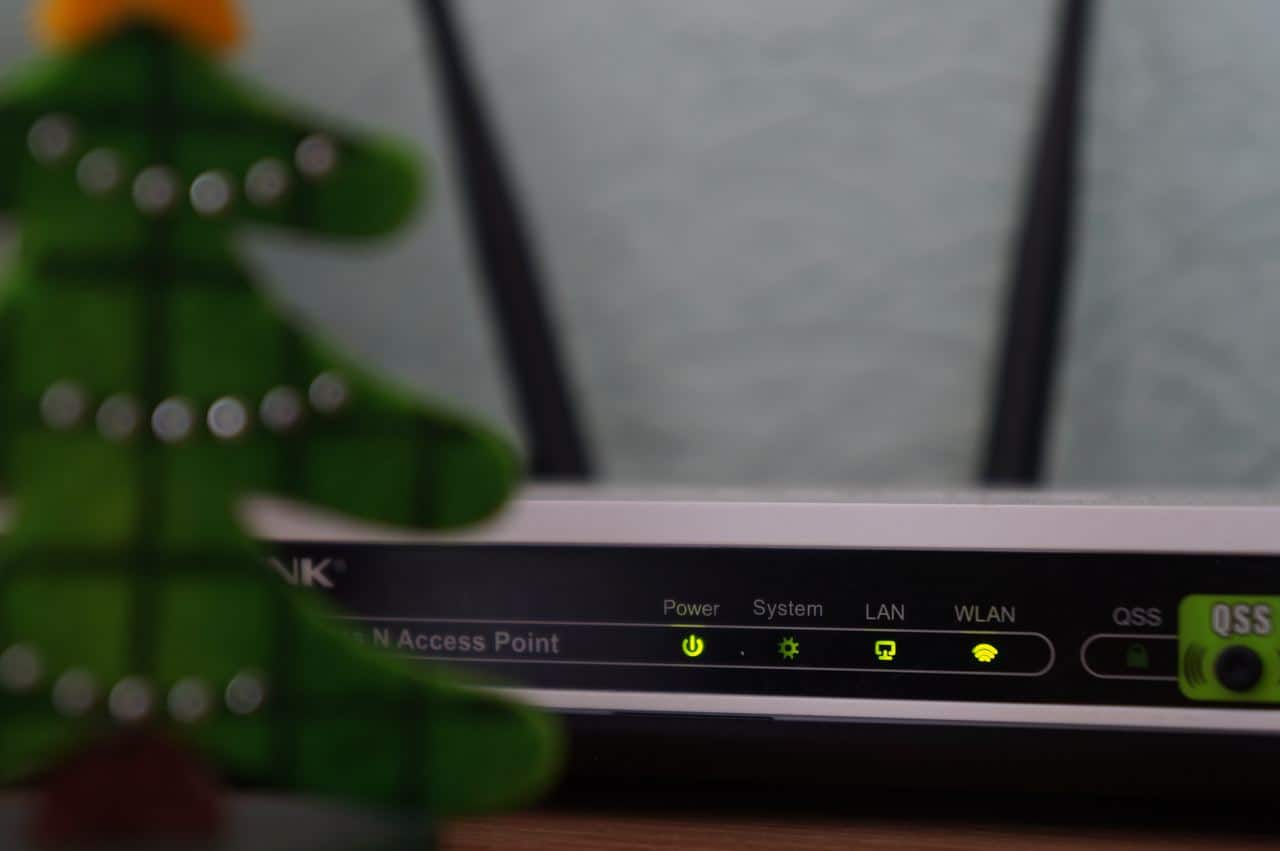If you were to take an inventory of all the devices connected to your home network, how many would there be? Between computers, smartphones, tablets, home assistants, appliances, and other gadgets, the average person has 13 devices connected to their network.
In any given home, there can potentially be several dozen devices connected at any given moment. That’s several dozen possible entry points for hackers. If you’re like many people, you might not even realize how vulnerable you actually are.
That fact is, most people aren’t taking even the most basic precautions necessary to protect their home networks from malware and hackers. You might have antivirus protection on your computer. However, if you haven’t secured the entire network, there is nothing stopping attacks on your other smart devices.

In the past hackers have been able to gain control of devices like security cameras, for instance, to use for larger-scale cyberattacks, all without the device owner’s knowledge. For that reason, you need to check your home network security, and take steps to avoid these common mistakes.
Mistake #1: Unsecured Routers
Your router is the control center for your home network, providing the connection necessary for all of the devices to access the internet. Unfortunately, many routers are vulnerable to hacking, because their owners don’t take basic security precautions.
For example, a majority of home routers still use the default password, if they are password protected at all. Without a secure password, anyone can access your home Wi-Fi network (which at the very least can slow down your internet speeds).
Even if you still have a default password, those codes are often reused. If a hacker gets one password, he could access hundreds or even thousands of routers that have that same credential.

Other router mistakes you might be making include:
- Not staying on top of updates, which creates vulnerabilities
- Failing to disable any remote management features
- Not using encryption features
- Not using a guest network to keep guest activity separate from your primary network
- Placing your router so it provides a strong signal outside of your home
Correcting these router security mistakes will go a long way toward securing your entire home network and blocking out hackers.
Mistake #2: Not Changing Default Admin Information
Your router isn’t the only device that comes with a default administrator name and password. Any smart device, from a TV to a coffee maker to a toy, will have default credentials, which again are not always customized for the individual device.

Whenever you add a new device to your network, change the default credentials to add another layer of protection against unauthorized access.
Mistake #3: Connecting All the Things, All the Time
If you’re like many people, you probably connect your devices to the internet and forget about them. This is leaving them connected even when you aren’t using them. However, the more devices that are connected to your network, the more opportunities you’re creating for a breach. Only connect devices to the network when they need to be connected. Turn off auto-connect features when they aren’t necessary.

If you do have devices that will auto-connect, be sure to set them to only connect to your home network. Surely, you don’t want them connecting to a neighbor’s unsecured network or a public Wi-Fi hotspot. Connecting to unknown, unsecured networks increases risk.
Mistake #4: Not Enabling MAC Address Filtering
Every one of your devices has a unique identifier known as the Media Access Control, or MAC, address. Your network keeps track of the MAC addresses of the devices that are connected to it, so you can see the devices that are using your network at any time. By enabling MAC Address filtering, you provide your router with a specific list of devices that are authorized on your network by physically keying in the MAC address. Although this requires a bit of extra work, it is worthwhile because it ensures only authorized devices access your home network.
Overall
The most important aspect of securing your home network is awareness and knowing exactly what is on your network at all times. This includes taking steps to prevent unauthorized or excess traffic. It’s also important to be cautious about what you do allow on your network and avoid connecting devices that don’t really need to be online. This way, you can prevent sharing information or creating an unnecessary access point. When you do, you can enjoy the benefits of a smart home without as much concern about security.
